Effective Rhelogy of Two Phase Flow: The Capillary Fiber Bundle Model
- Subhadeep Roy
- Sep 4, 2019
- 2 min read
Subhadeep Roy, Alex Hansen and Santanu Sinha Front. Phys. 7:92 (2019)

We investigate the effective rheology of two-phase flow in a bundle of parallel capillary tubes
carrying two immiscible fluids under an external pressure drop. The diameter of the tubes vary along the length which introduce capillary threshold pressures. We demonstrate through analytical calculations that a transition from a linear Darcy to a non-linear behavior occurs while decreasing the pressure drop.
For a single capillary tube with varying diameter, Sinha et al. [19] showed that the average volumetric flow rate in the steady state has a non-linear square-root singularity with the pressure drop. This was shown analytically by integrating the instantaneous linear two-phase flow equation over the whole capillary tube. This treatment leads to a threshold pressure difference below which there is no flow. It appears due to the capillary barriers at the interfaces at the narrow pore throats. Extending this non-linear relationship to a network of disordered pores, the relationship between the steady-state flow rate and an excess pressure drop leads to a quadratic relationship in the capillary dominated regime. The
quadratic relationship for the pore network, both in two and in three dimensions, was obtained analytically by mean-field calculations and numerically with pore network modeling. While increasing the pressure drop, the capillary forces become negligible compared to the viscous forces. This leads to a crossover from the non-linear regime to a linear Darcy regime for both the single capillary and for the pore network. Such non-linear quadratic relationship at low flow rate and a crossover to a linear regime at high flow rate was also observed in case of the single-phase flow of Bingham viscoplastic fluid in porous media. The reason behind the non-linearity can be explained by the successive opening of fluid channels
when the pressure drop across the system was increased. The volumetric flow rate is proportional to (i) pressure gradient and (ii) number of paths that opens due to the increment in pressure gradient (which were previously closed by the capillary forces). Contribution from the second becomes negligible in the Darcy region (high pressure gradient) where all paths have opened and actively carrying fluids.
We have developed an analytically solvable model to understand the above tradition. Numerical results are also provided in support to the analytical findings.
For further details please follow the link :




Comments